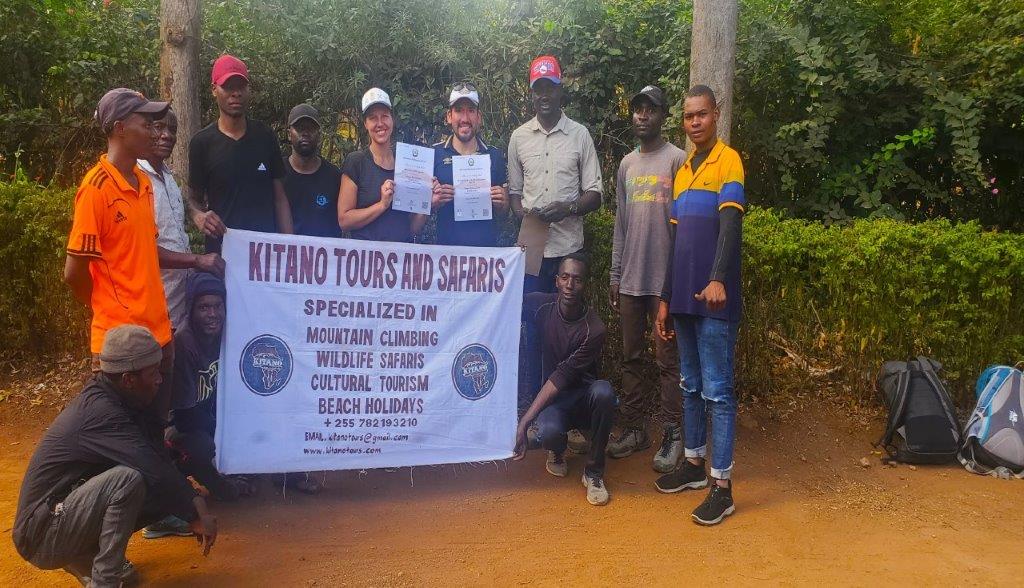About kilimanjaro marangu route
The Marangu route is one of the popular trekking routes to reach the summit of Mount Kilimanjaro, the highest peak in Africa. It is often considered one of the easier routes in terms of physical demands, but it still requires a good level of fitness and stamina.
The Marangu route is known as the "Coca-Cola" route due to the availability of bottled beverages along the trail. It has a gradual slope and well-defined paths, making it more accessible to climbers without extensive hiking or mountaineering experience. The route also offers hut accommodation, which provides some comfort compared to camping on other routes.
However, it's important to note that climbing any route on Mount Kilimanjaro is a challenging endeavor. The altitude gain and the effects of high altitude can make the trek physically demanding, regardless of the chosen route. Altitude sickness is a significant risk, and climbers must acclimatize properly to minimize its effects.
To increase your chances of success on the Marangu route, it is recommended to engage in regular physical training and endurance exercises before attempting the climb. Additionally, it's crucial to choose a reputable tour operator who can provide experienced guides and a well-organized expedition, ensuring your safety and support throughout the journey.
Accommodation and Facilities in Marangu route
Unlike other routes that require camping, the Marangu route offers hut accommodations, which provide a more comfortable experience. However, it's important to note that these huts are basic, and climbers must bring their own sleeping bags and personal belongings. Adequate toilet facilities are available along the route.

.webp)
.webp)
